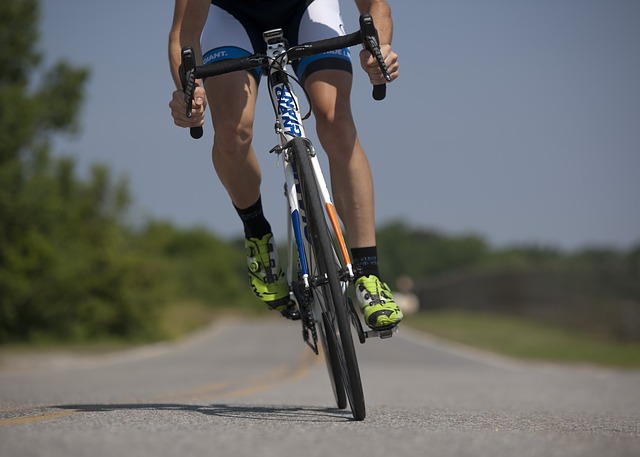
Chronic knee pain is a real bother for anyone, but even more so if you like to be active. It can be quite common however, as one in eight active men and one in five active women can suffer from a painful condition called patellofemoral overload syndrome. It’s common in runners and cyclists, and can be triggered by activity or inactivity…so it’s easy to see why it is so popular.
Up until now the best ways to treat this most common knee pain included resting, anti-inflammatories, physical therapy, or in really bad cases surgery. And even with those treatments most people who experience relief found it to only be temporary.
Now however, there might be a new option for treating the pain that actually works better than the rest. Some research done at the Imperial College London and Fortius Clinic found that Botox could be the answer.
They did their research on 45 different people who were experiencing patellofemoral overload syndrome and injected Dysport into their hips. (Dysport is a just a different kind of botulinum toxin like Botox.) It was placed into the muscle in the front and outside of the hip. After that they all got personalized physiotherapy sessions to continue the treatment.
The point of injecting it into the hip, is because all of the people with the knee pain seemed to be over using their tensor fascia lata muscle (in the hip), and under using their glutes, which causes an imbalances that puts more stress on the lower part of the body.
Generally the physiotherapy sessions aim to strengthen the glutes, but in this case they could give it a double boost by lessening the impact of the hip muscle altogether.
Compared to the 80 percent of people who required follow up treatment with traditional treatment options, with the botox option 69 of the people in the study never needed medical intervention again…even five years later some of them still reported no pain.
According to Jo Stephen, a co-author of the study:
“As a physiotherapist it can be incredibly frustrating to run out of treatment options for patients with this painful condition. Many athletes who took part in this study had exhausted all other treatment options and this was their last resort. We are really excited that our approach is showing positive results for patients, which could have implications for active people around the world.”
To ensure that the Botox is placed into the right place the researchers actually used an ultrasound machine to guide them on their way. There is still more studying to be done on the topic but it definitely sounds like a more promising option. If you are one of the many people who suffer from knee pain fear not, the options for treating it get better and better all the time.

That’s very interesting
This is how we should be addressing everything, from the spot where the problem originates, not necesarily from where the pain is